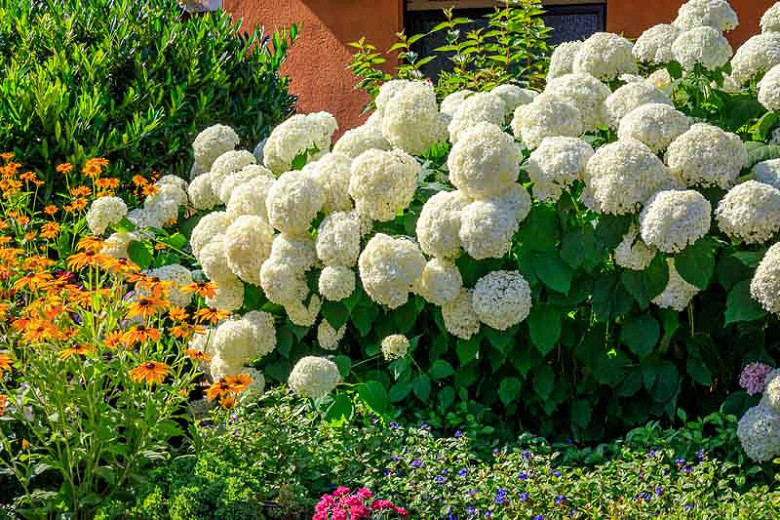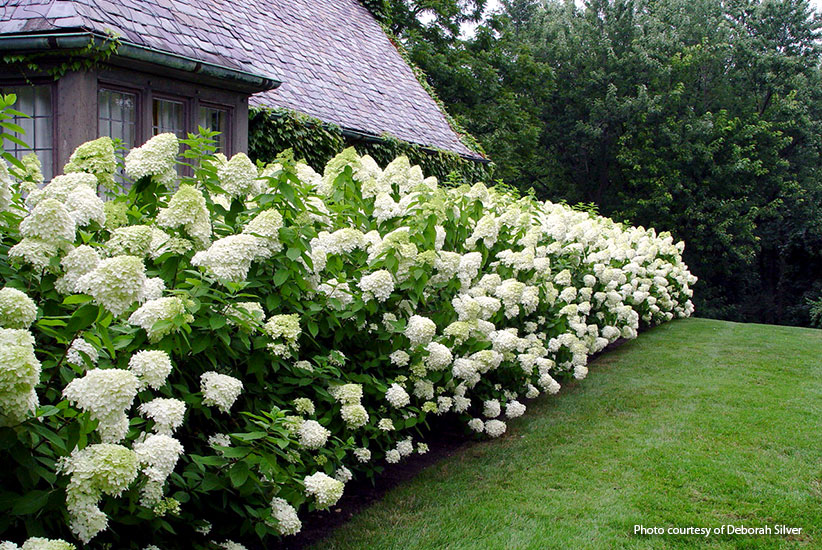Hydrangeas Together: How To Grow And Care For These Beautiful Blooms
Hydrangeas Together: How to Grow and Care for These Beautiful Blooms
Hydrangeas are some of the most popular flowering shrubs in the world, and for good reason. They come in a wide variety of colors, sizes, and shapes, and they can be grown in a variety of climates. If you're thinking about adding hydrangeas to your garden, here's everything you need to know about how to grow and care for them.
Introduction
Hydrangeas are members of the Hydrangea genus, which includes over 70 species of flowering shrubs. They are native to Asia, Europe, and North America, and they have been cultivated for centuries. Hydrangeas are known for their large, showy blooms, which can be white, pink, blue, or purple. The color of the blooms depends on the acidity of the soil, so you can control the color of your hydrangeas by adjusting the pH of your soil.
Choosing the Right Hydrangea
There are many different types of hydrangeas to choose from, so it's important to choose the right one for your garden. Some factors to consider include the size of your garden, the amount of sunlight you get, and the desired color of the blooms.
If you have a small garden, you might want to choose a compact variety of hydrangea, such as the Hydrangea serrata "Little Lime." This variety grows to be about 3 feet tall and wide, and it produces small, lime-green blooms.
If you have a sunny garden, you'll need to choose a hydrangea that can tolerate full sun. The Hydrangea macrophylla "Endless Summer" is a good choice for sunny gardens. It produces large, blue or pink blooms, and it can be grown in zones 4-9.
If you're not sure what type of hydrangea to choose, ask a nursery professional for help. They can help you choose a hydrangea that is right for your climate and your garden.
Planting Hydrangeas
The best time to plant hydrangeas is in the spring or fall. When planting, choose a site that gets partial to full sun. Hydrangeas prefer well-drained soil, so if your soil is heavy, you'll need to add some compost or sand to improve drainage.
Dig a hole that is twice as wide and as deep as the root ball of the hydrangea. Place the hydrangea in the hole and backfill with soil. Water the hydrangea well.
Caring for Hydrangeas
Hydrangeas are relatively easy to care for. They need regular watering, especially during the summer months. You should also fertilize hydrangeas once a year in the spring. Use a fertilizer that is high in phosphorus and potassium.
To deadhead hydrangeas, simply remove the spent blooms. This will encourage new blooms to form. You can also prune hydrangeas in the spring to shape them or to remove dead or diseased branches.
Pests and Diseases
Hydrangeas are susceptible to a few pests and diseases, including aphids, scale, and leaf spot. If you see any pests or diseases on your hydrangeas, treat them immediately with an insecticidal soap or fungicide.
Companion Planting
Hydrangeas can be planted with a variety of other plants, including hostas, ferns, and azaleas. These plants will help to create a beautiful and harmonious landscape.
Conclusion
Hydrangeas are beautiful and easy-to-care-for shrubs that can add a touch of elegance to any garden. With a little care, you can enjoy hydrangeas for many years to come.
Hydrangeas are beautiful flowers that come in a variety of colors. They are also relatively easy to grow, making them a popular choice for gardeners of all skill levels. If you are interested in learning more about hydrangeas, I encourage you to visit the .
The is a comprehensive resource that provides information on all aspects of hydrangea care. You can learn about the different types of hydrangeas, how to plant and care for them, and how to propagate them. You can also find tips on how to use hydrangeas in your garden design.
In addition to providing information on hydrangea care, the also offers a community forum where you can connect with other hydrangea enthusiasts. This is a great place to ask questions, share tips, and get advice from experienced gardeners.
I hope you will visit the to learn more about hydrangeas. With its wealth of information and helpful community, it is the perfect resource for anyone who loves these beautiful flowers.
FAQ of hydrangea together
Q1: What are the different types of hydrangeas that can be planted together?
A: There are many different types of hydrangeas, but some of the most popular ones that can be planted together include:
- Mophead hydrangeas: These hydrangeas have large, round flower heads that are made up of many small florets. They come in a variety of colors, including white, pink, blue, and purple.
- Peegee hydrangeas: These hydrangeas have long, cascading flower clusters. They are typically blue or pink, but can also be white.

- Smooth hydrangeas: These hydrangeas have small, white flowers that are clustered together in small groups. They are a good choice for shady areas.

- Panicle hydrangeas: These hydrangeas have large, conical flower clusters. They come in a variety of colors, including white, pink, and red.

Q2: What are some tips for planting hydrangeas together?
A: When planting hydrangeas together, there are a few things to keep in mind:
- Choose hydrangeas that have similar growing conditions. For example, if you live in a warm climate, you'll want to choose hydrangeas that are tolerant of heat.
- Plant hydrangeas in a location that gets morning sun and afternoon shade. This will help to prevent the flowers from fading.
- Space hydrangeas at least 3 feet apart. This will give them enough room to grow and spread.
- Water hydrangeas regularly, especially during the first year after planting.
Q3: What are some ways to combine hydrangeas in a garden?
A: There are many different ways to combine hydrangeas in a garden. Here are a few ideas:
- Plant hydrangeas in a mixed border with other flowering shrubs and perennials.
- Use hydrangeas as a hedge or screen.
- Plant hydrangeas under trees or in the shade of a patio.
- Use hydrangeas as focal points in your garden.
Q4: What are some common problems with hydrangeas?
A: Some common problems with hydrangeas include:
- Leaf spot: This is a fungal disease that can cause brown or black spots on the leaves.
- Pests: Hydrangeas can be susceptible to pests such as aphids, spider mites, and scale.
- Watering problems: Hydrangeas need regular watering, but they can be susceptible to root rot if they are overwatered.
Q5: How do you care for hydrangeas?
A: Hydrangeas are relatively easy to care for, but there are a few things you can do to keep them healthy:
- Water hydrangeas regularly, especially during the summer.
- Fertilize hydrangeas in the spring and fall.
- Deadhead spent flowers to encourage new growth.
- Protect hydrangeas from frost in the winter.
Image of hydrangea together
- Hydrangeas in a vase: This image shows a vase full of hydrangeas in different shades of pink and blue. The hydrangeas are arranged in a cascading style, and the vase is placed on a wooden table.

- Hydrangeas in a garden: This image shows a bed of hydrangeas in a garden. The hydrangeas are in full bloom, and they are surrounded by other flowers, such as roses and lilies.
- Hydrangeas in a pot: This image shows a pot of hydrangeas on a patio. The hydrangeas are in different shades of pink and blue, and they are surrounded by lush greenery.

- Hydrangeas in a wedding bouquet: This image shows a wedding bouquet made up of hydrangeas. The hydrangeas are in different shades of pink and blue, and they are arranged in a cascading style.
- Hydrangeas in a landscape: This image shows a landscape of hydrangeas. The hydrangeas are in full bloom, and they are surrounded by trees and other plants.
Post a Comment for "Hydrangeas Together: How To Grow And Care For These Beautiful Blooms"